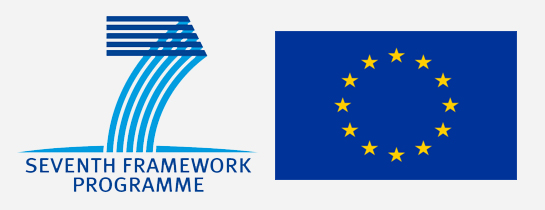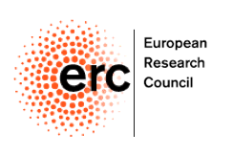At the heart of the multi-faceted enterprise of formal semantics lies a simple yet powerful conception of meaning based on truth-conditions: one understands a sentence if one knows under which circumstances the sentence is true. This notion has been extremely fruitful resulting in a wealth of theoretical insights and practical applications. But to what extent can it also account for human linguistic behavior? The past decade has seen increasing interaction between cognitive science and formal semantics, and the emergence of the new field of experimental semantics. One of its main challenges is the traditional normative take on meaning, which makes semantic theories hard to compare with experimental data. The aim of this project is to advance experimental semantics by building computational cognitive models of meaning.
Numerical information plays a central role in communication. We talk about the number of students in a class, or the proportion of votes for a particular political party. In this project, we will focus on the linguistic expressions concerning quantities, known as quantifiers. Recent progress in the study of computational constraints on quantifier processing in natural language has laid the groundwork for extending semantic theory with cognitive aspects. In parallel, cognitive science has furthered the study of non-linguistic quantity representations. The project integrates formal models of quantifier semantics with cognitive representations to answer a number of questions in linguistics and cognitive science, e.g., how do learn the meaning of quantifiers? how do we decide the truth-values of quantifier sentences?, etc.
The project has received funding from the European Research Council under the European Union’s Seventh Framework Programme (FP/2007–2013)/ERC Grant Agreement n. STG 716230 CoSaQ. The project is realized at the Institute for Logic, Language, and Computation, Department of Linguistics, University of Amsterdam.


